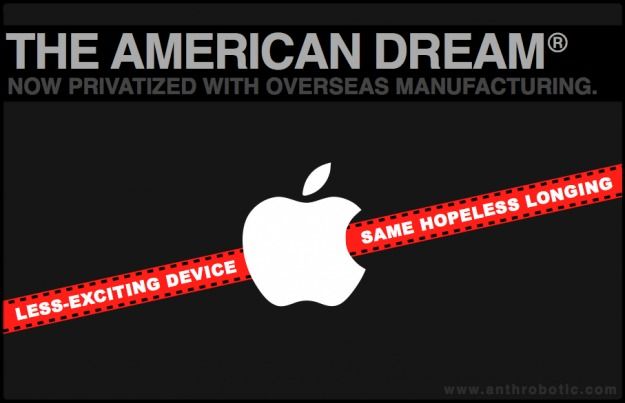Sep 22, 2012
Debunking the Black Hole Interstellar Drive
Posted by Benjamin T. Solomon in categories: business, engineering, fun, physics, policy, space
Louis Crane and Shawn Westmoreland co-authored the paper Are Black Hole Starships Possible? (http://arxiv.org/abs/0908.1803) that suggested that one could use Small Black Holes to propel starships close to the velocity of light for interstellar travel. To give them credit, they stated that this is at the “edge of possibility” and would only be possible in the very distant future:
“The purpose of this paper is to investigate whether it is possible to build artificial BHs of the appropriate size, and to employ them in powerplants and starships. The conclusion we reach is that it is just on the edge of possibility to do so, but that quantum gravity effects, as yet unknown, could change the picture either way… Many questions which arise in this program lead to calculations in general relativity which have not been done. Whatever the other merits of our proposal, we are confident it will pose many interesting problems for classical and quantum relativity.”
Note, BH = Black Holes
That is it. Crane & Westmoreland were presenting an academic exercise to pose “many interesting problems for classical and quantum relativity”.
Continue reading “Debunking the Black Hole Interstellar Drive” »









